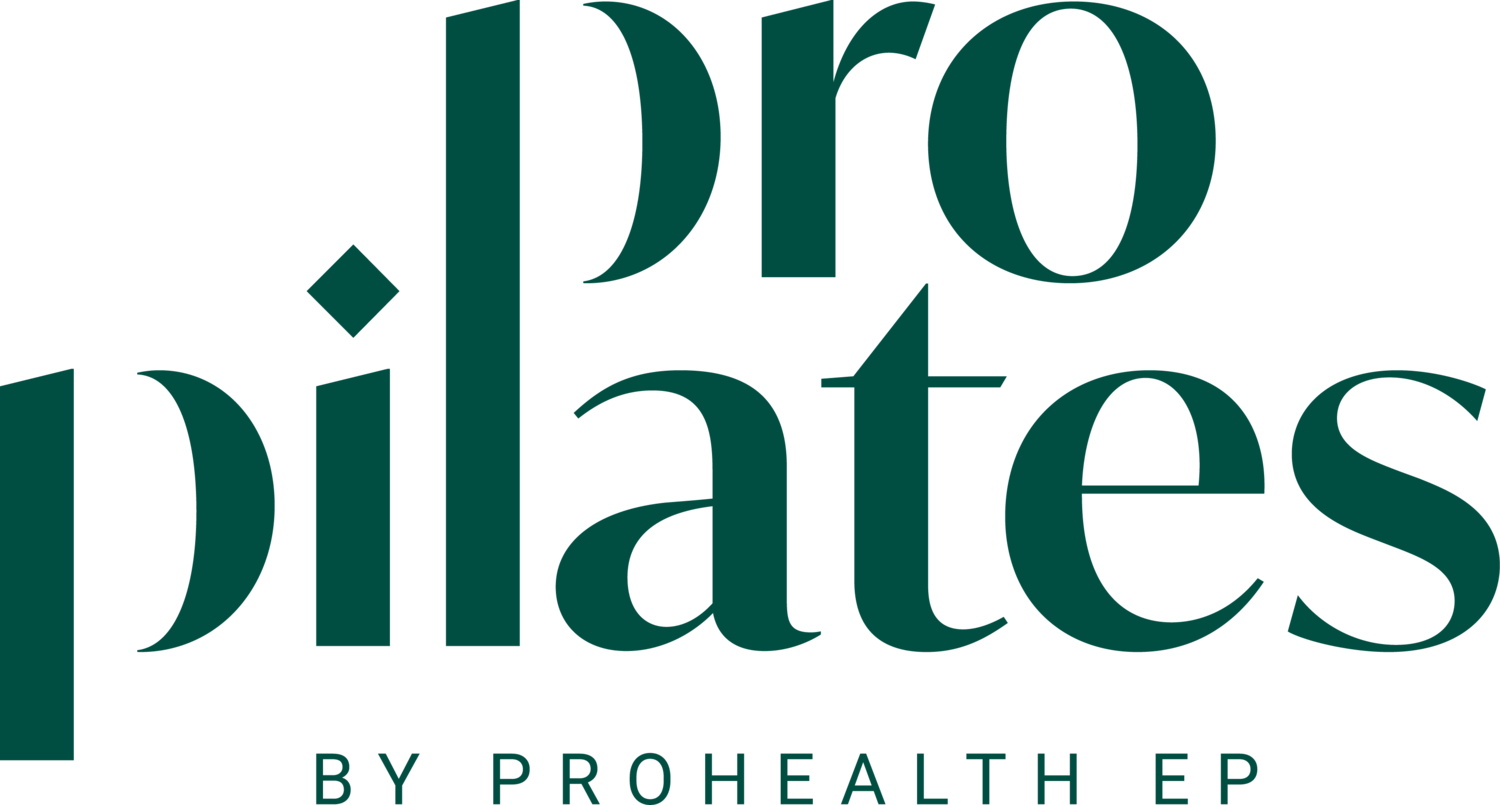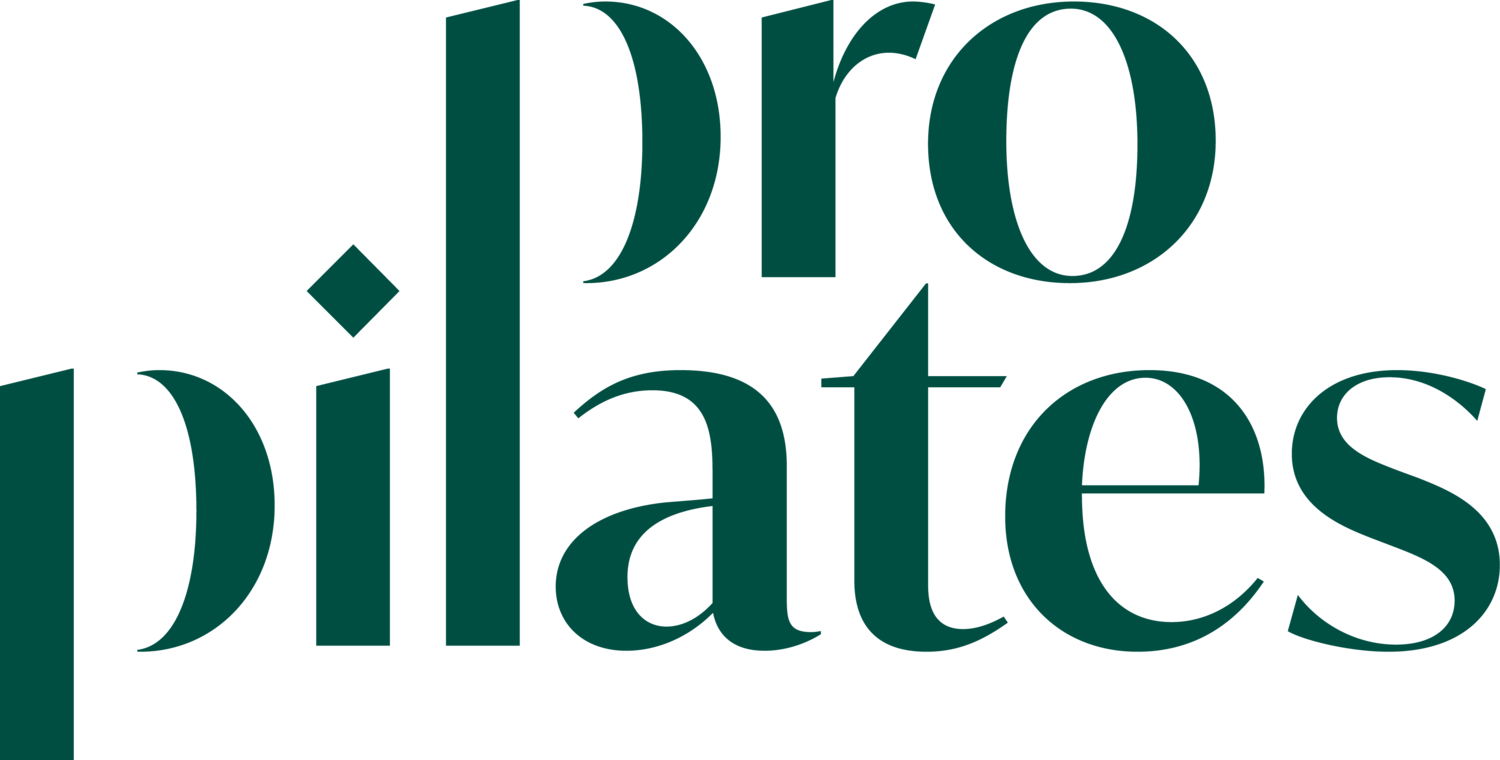Endometriosis
Managing Endometriosis Through Movement: How Exercise Can Empower Women Living with Endo
Endometriosis is a complex and often misunderstood condition, affecting 1 in 9 Australian women. It occurs when tissue similar to the lining of the uterus grows outside the uterus, forming adhesions on organs like the ovaries, fallopian tubes, bladder, or bowel. These adhesions react to hormonal cycles, causing pain, fatigue, bloating, and other life-disrupting symptoms.
At ProHealth EP and ProPilates, we believe knowledge is power and when paired with the right support, movement can be a powerful tool for managing endometriosis.
Understanding Endometriosis: The Basics
Endometriosis can present very differently from one person to the next. There are four stages of the condition, ranging from minimal to severe, yet the severity of symptoms doesn’t always align with the clinical stage. One woman with Stage I might experience debilitating pain, while another with Stage IV may have few or no symptoms.
Common symptoms include:
⭐ Severe cramping and pelvic pain
⭐ Painful, heavy periods
⭐ Gastrointestinal issues
⭐ Pelvic floor dysfunction
⭐ Lower back and hip tightness
⭐ Fatigue and low iron
Tracking when symptoms occur during your menstrual cycle is key to identifying flare-up patterns and developing a proactive management plan.
Treatment Strategies: A Holistic Toolkit For Endometriosis
Managing endometriosis often requires a multidisciplinary approach. Your toolkit might include:
⭐ Pelvic Health Physiotherapy for pelvic floor training and internal release work
⭐ Dietitians to support an anti-inflammatory approach to eating
⭐ Pain management tools like heat therapy, acupuncture, or TENS
⭐ Apps like Qendo for symptom tracking
⭐ Exercise tailored to your energy levels and flare-up cycle
One of the most effective long-term strategies? Movement.
Why Exercise Matters
Exercise can ease symptoms of endometriosis by improving mobility, regulating the central nervous system, and reducing inflammation. But not just any exercise will do, the key is individualisation. The right kind of movement, at the right time, can help reduce pain, manage fatigue, and support mental wellbeing.
Our exercise Physiologists can help you with a structured, safe way to integrate movement into your life. Whether it’s Reformer Pilates, resistance training, or gentle mobility sessions, our team can guide you through it.
Returning to Movement After Endometriosis Surgery
If you’ve undergone laparoscopic surgery for endometriosis, returning to activity should be gradual:
⭐ Weeks 1–2: Gentle walking only
⭐ Week 4 onwards: Return to light movement, like Pilates or guided strength training
⭐ Avoid heavy lifting or high-intensity exercise early on
Support from an Exercise Physiologist during this time can make a world of difference in your recovery.
Managing Endometriosis Flare-Ups with Movement
During a flare-up, it may feel counterintuitive to move but gentle, restorative exercises can help. Consistency, not intensity, is the key. And when you’re not sure what’s right for you, we’re here to help you understand what's right for your body.
How Our Women’s Health Exercise Physiologists Can Help Women With Endometriosis
At ProHealth EP and ProPilates, our team of Women's Health Accredited Exercise Physiologists Helena, Leah, and Mikaela, bring a wealth of expertise and deep compassion to supporting women with endometriosis.
Together, our team understands the nuances of endometriosis and how it impacts not just your physical health, but your mental and emotional wellbeing too. Our goal is to help you move with confidence, purpose, and less pain.
Looking for Support?
Our services include but are not limited to:
⭐ 1:1 and group based Reformer Pilates
⭐ Hydrotherapy
⭐ Gym-based exercise programs
⭐ A compassionate and personalised approach to endo management
Let’s move forward—together.

